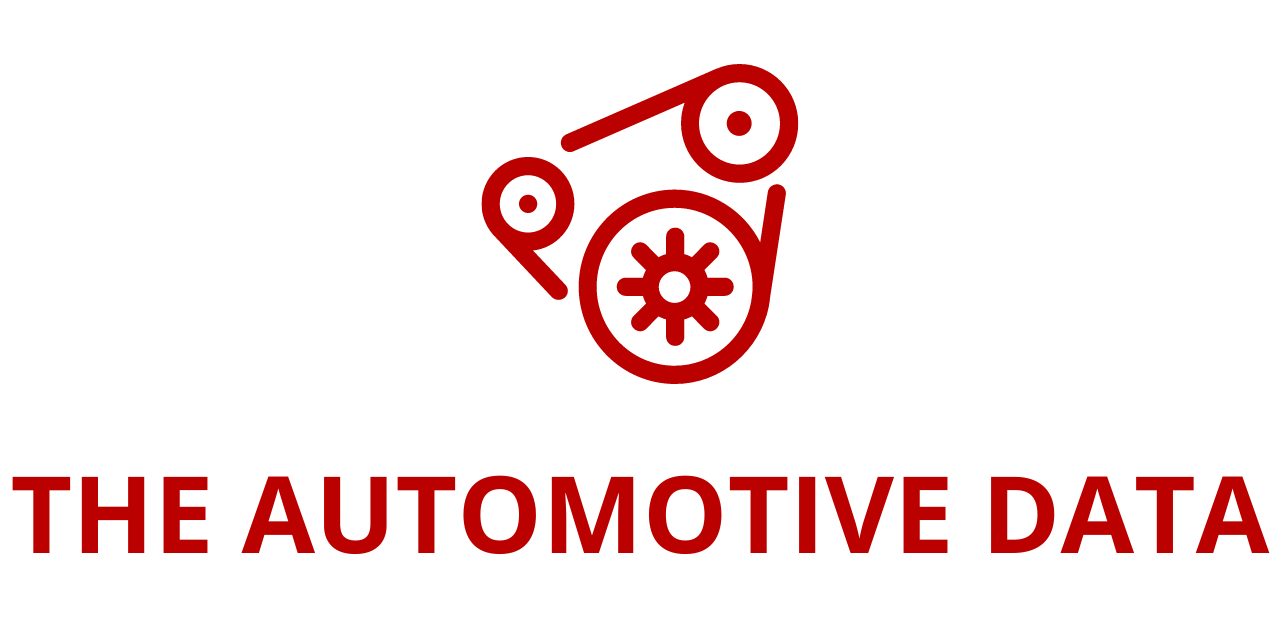
VinFast has moved quickly from promise to proof. In October 2025
From its launch as a bold newcomer to its current status as a serious automotive contender, VinFast has moved quickly from promise to proof. In October 2025, the company announced that it had delivered more than 100,000 vehicles in Vietnam in just the first nine months of the year—a historic milestone, and the first time any automaker in the country has hit that figure within a single calendar year. Beyond the number itself, this result signals something more important: Vietnamese buyers are not just curious about VinFast; they are choosing it, returning to it, and recommending it. Trust and loyalty are taking root.
Behind that momentum is not a single breakthrough product or a one-time marketing win, but a philosophy that runs through everything VinFast does: put the customer first, always. Internally, VinFast often describes this as its “secret sauce,” but there is nothing mysterious about it. The company organizes its strategy around three simple yet demanding pillars:
- Premium-quality products
- Inclusive, approachable pricing
- Exceptional after-sales policies and support
Every major decision is tested against one core question: How will this affect the customer’s experience? Whether it’s a new vehicle launch, a change in pricing, the rollout of a charging network, or the design of a warranty package, that lens guides the outcome. The goal is to reduce friction at every stage of ownership—before purchase, during daily use, and throughout the life of the vehicle.
This commitment is especially visible in newer markets like Canada. There, VinFast backs its vehicles with a 10-year or 200,000-kilometre warranty, a level of coverage that is still rare in the industry. The company pairs this with clear, proactive communication about service access, mobile support, and charging options. For customers navigating the transition to electric mobility, this kind of clarity and assurance helps remove much of the anxiety typically associated with adopting new technology.
To understand why VinFast is so deeply rooted in customer-centricity, it helps to step back and look at its parent company, Vingroup, and its founder, Phạm Nhật Vượng. Vingroup is one of Vietnam’s most influential private conglomerates, spanning real estate, education, healthcare, retail, hospitality, technology, and now mobility. Despite operating in very different sectors, its businesses all share a single, consistent mantra: put the customer at the core. Every initiative, every service, and every project is measured by how effectively it serves real people’s needs.
This philosophy took shape long before Vingroup became a household name in Vietnam. In the early 1990s, Phạm Nhật Vượng founded Technocom in Ukraine, introducing instant noodles to a market where the product was virtually unknown. Instead of relying solely on advertising or shelf presence, he went straight to the people. Vượng personally engaged with potential customers, showing them how to prepare the noodles, explaining their convenience, and listening carefully to their reactions and concerns.
Those early experiences left a powerful impression: sustainable success does not come from simply putting a product on a shelf. It comes from building a relationship—educating customers, earning their trust, and proving that you are genuinely invested in their well-being. This mindset later became the backbone of Vingroup’s approach in every sector it entered.
One story that has been recounted inside the group illustrates this perfectly. Vượng once received a letter from a Ukrainian veteran who wrote to express his gratitude for Technocom’s instant noodles. During difficult times, those noodles had helped his family get by. He wrote, “Thank God, thanks to your instant noodles, it’s easier to swallow other food.” The line is simple but profound. It revealed to Vượng that what might seem like a basic, inexpensive product could have a meaningful impact on people’s lives if it truly met their needs.
Moments like that reinforced his conviction that any business worth building must be rooted in empathy and a genuine desire to serve. That lesson traveled back with him when he returned to Vietnam and laid the foundations for what would become Vingroup.
As Vingroup expanded across industries, it consistently applied the same principle: start with the customer, then work backward. When exploring new opportunities, the company didn’t simply ask, “Can we build this?” Instead, it asked, “Who is this for, and how can we make their life better?” This mindset was evident, for instance, when Vingroup entered the hospitality sector with its Vinpearl resort chain.
Before committing to building large-scale resorts, Phạm Nhật Vượng spent time visiting successful properties in countries like Thailand and Singapore. These were not passive tours; they were hands-on learning trips. He observed how leading resorts welcomed guests, how they handled issues, and what small touches made a stay memorable. He analyzed what made families feel relaxed, what business travelers valued, and what kept guests coming back. Those insights shaped the design and operation of Vinpearl, ensuring that it was tailored to the needs, preferences, and expectations of Vietnamese families and international visitors alike.
This pattern—careful observation, deep listening, and customer-driven design—became the template for all of Vingroup’s ventures. So when the company decided to step into the electric vehicle space with VinFast, the move was not just a response to industry trends. It was a continuation of a long-standing promise: anticipate what customers will need next and build it in a way that feels accessible, trustworthy, and supportive.
In the case of VinFast, the opportunity was clear. Around the world, more people were seeking sustainable mobility solutions. At the same time, Vietnamese consumers were increasingly aspiring to own modern, technologically advanced vehicles that reflected both global standards and local realities. VinFast set out to meet these needs by creating a portfolio of electric vehicles designed for real-world conditions—combining advanced features and connectivity with the durability, comfort, and practicality that everyday drivers expect.
The company’s customer-first philosophy is especially evident in how it treats existing owners, even when its strategic direction shifts. A striking example came when VinFast decided to transition its product line from gasoline models to a fully electric portfolio. Such a shift could have left gasoline-vehicle owners feeling overlooked or uncertain. Instead, VinFast chose to strengthen its commitments to them.
“As for VinFast gasoline cars, we not only maintain our existing commitments but also enhance them with even more beneficial policies and services,” Phạm Nhật Vượng said in 2022. “For instance, we extended the warranty period to ten years—two to three times the industry standard—and introduced a convenient Mobile Service option. We also increased our spare parts inventory by 50 percent compared to usual practice.”
This approach sent a clear message: customers who had supported VinFast from the beginning would not be left behind, even as the company evolved. Their trust and loyalty were seen as assets to be nurtured, not taken for granted.
When VinFast ultimately moved to an all-EV lineup, the stakes rose even higher. Electric vehicles bring new questions and understandable concerns from buyers: How long will the battery last? Will there be enough charging stations nearby? Will the car perform reliably in very hot or very cold climates? What happens if something goes wrong on a long trip?
VinFast tackled these questions head-on by building a comprehensive ecosystem around its vehicles. Leveraging the broader Vingroup network and external partners, the company worked to ensure that customers were supported at every stage of their EV journey—before purchase, during delivery, in everyday use, and through long-term ownership.
This meant investing in charging infrastructure, developing service networks, training technicians, and establishing clear, transparent warranty and support policies. Instead of treating the vehicle as a standalone product, VinFast treated ownership as an end-to-end experience that needed to feel seamless and reassuring.
Translating this philosophy to a demanding and diverse market like Canada required careful adaptation. Canadian drivers face a unique set of conditions:
- Long distances between major cities
- Harsh winters with snow, ice, and sub-zero temperatures
- Differences in regulations and incentives from one province to another
- Charging infrastructure that can be unevenly distributed, especially outside major urban centres
VinFast’s response has been to design the Canadian ownership journey around these realities. The company provides detailed information about available service locations in key hubs such as the Greater Toronto Area, Vancouver, and Montreal. It operates a 24/7 customer hotline, ensuring that help is always only a call away. Clear, direct communication—about service, charging, software updates, and vehicle features—is treated as a core part of the product, not an optional extra.
Technology is used to remove friction as well. The VinFast mobile app connects drivers to an extensive North American charging network, helping them find compatible chargers, monitor charge status, and manage home-charging schedules. This makes it easier for new EV owners to plan trips, handle daily commuting, and feel confident about long-distance travel.
At the same time, physical touchpoints are expanding. Showrooms and service centres are being rolled out in more locations, giving customers places where they can see vehicles in person, ask questions, test drive models, and receive in-person support. Home charging readiness is treated as a critical part of the sales process, with the company emphasizing consultation and guidance so customers can set up convenient, safe charging solutions where they live. Mobile service—where technicians come to the customer for certain types of maintenance or repairs—adds another layer of convenience, particularly valuable in a country as large and weather-challenged as Canada.
For Canadian buyers, owning a VinFast is intended to feel less like a transactional purchase and more like entering a long-term partnership. The warranty is crafted to provide peace of mind in a landscape where reliability is non-negotiable. The service network is transparent and mapped out. Digital tools simplify everything from charging to service booking. In short, the company is trying to ensure that each step of the electric transition feels supported, not stressful.
This customer-centric mindset is not an isolated feature of VinFast as an automaker; it is a direct extension of Vingroup’s decades-long legacy. From instant noodles in Ukraine to resorts in Southeast Asia, from urban development in Vietnam to electric vehicles on North American roads, the through-line is unmistakable:
- Listen carefully to what customers need.
- Design products and services around those needs.
- Remove obstacles, even when it requires extra effort or investment.
- Build trust not just for today’s sale, but for the relationship that follows.
VinFast’s rapid growth and record-breaking sales milestone in Vietnam are, in many ways, a reflection of this philosophy in action. As the brand continues to expand globally—entering new markets, refining its products, and building out its ecosystem—it carries with it the same promise that guided Vingroup from the beginning: customers are not an afterthought. They are the starting point, the measuring stick, and the destination.
In that sense, VinFast’s story is more than just the rise of a new automaker. It is the latest chapter in a much longer narrative about how a business can grow by consistently putting people first—and how a customer-first legacy, once firmly embedded, can successfully travel from instant noodles to electric cars and from Vietnam to the world.
Source Link:https://www.businesswire.com/







